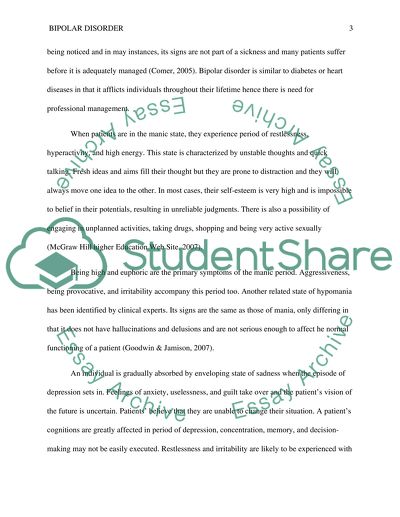Cite this document
(“The origin of the bipolar disorder formerly referred to as Essay”, n.d.)
Retrieved from https://studentshare.org/psychology/1394549-the-origin-of-the-bipolar-disorder-formerly-referred-to-as-manic-depressive-disorder
Retrieved from https://studentshare.org/psychology/1394549-the-origin-of-the-bipolar-disorder-formerly-referred-to-as-manic-depressive-disorder
(The Origin of the Bipolar Disorder Formerly Referred to As Essay)
https://studentshare.org/psychology/1394549-the-origin-of-the-bipolar-disorder-formerly-referred-to-as-manic-depressive-disorder.
https://studentshare.org/psychology/1394549-the-origin-of-the-bipolar-disorder-formerly-referred-to-as-manic-depressive-disorder.
“The Origin of the Bipolar Disorder Formerly Referred to As Essay”, n.d. https://studentshare.org/psychology/1394549-the-origin-of-the-bipolar-disorder-formerly-referred-to-as-manic-depressive-disorder.


